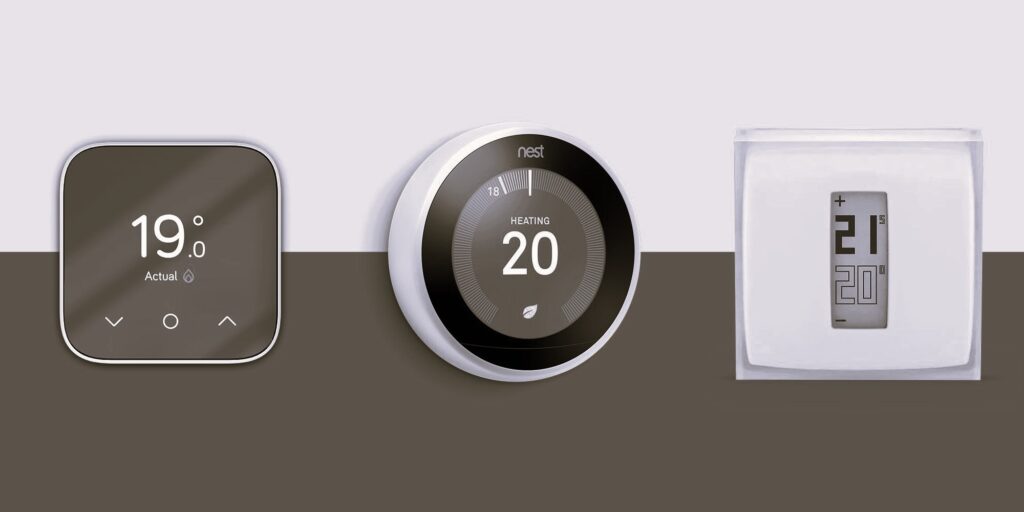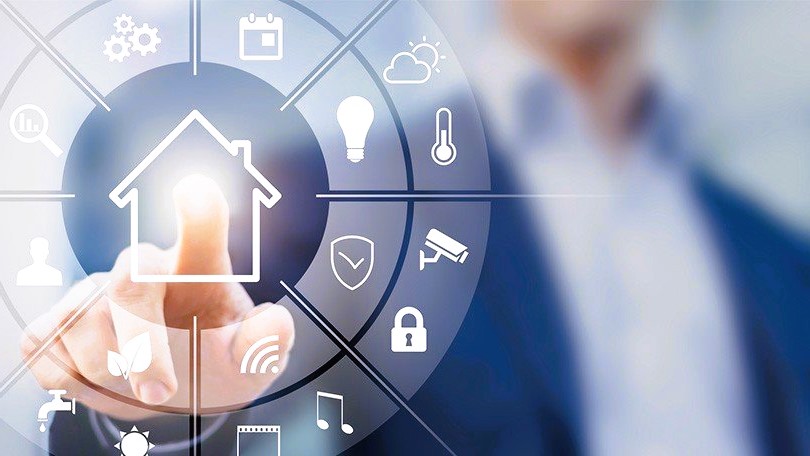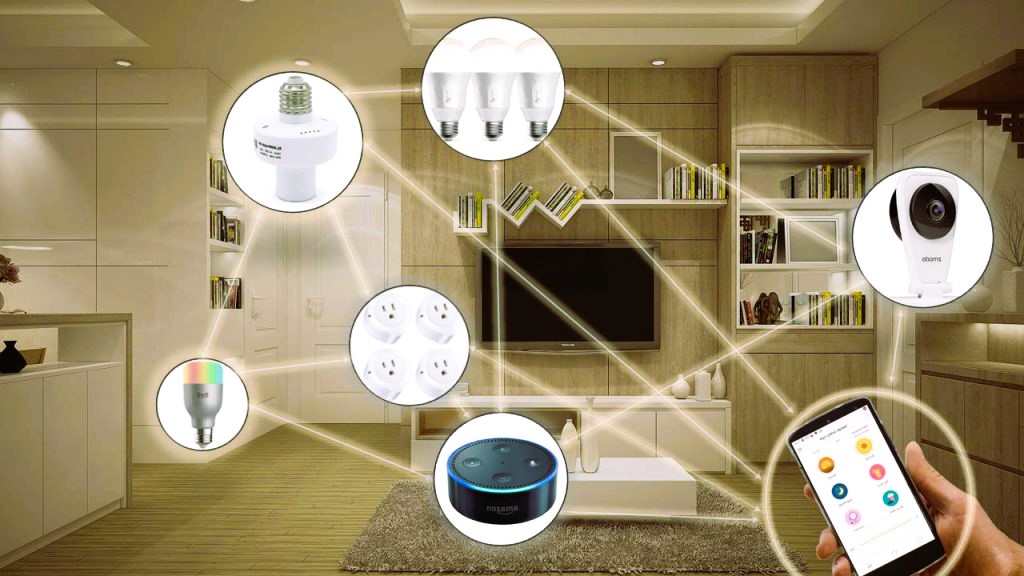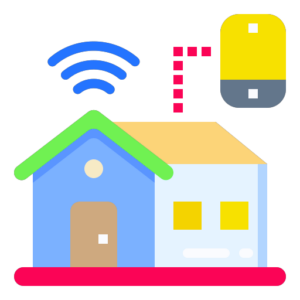In the dynamic landscape of modern living, smart homes have emerged as a revolutionary concept, transforming traditional houses into intelligent, interconnected spaces. One of the key aspects that sets a smart home apart is the ability to customize and personalize various aspects of the living environment. This article explores the significance of personalization in smart homes, from enhancing comfort and convenience to tailoring experiences to individual preferences.
The Essence of Smart Home Personalization
At the core of the smart home experience lies the ability to tailor the environment to meet the unique needs and preferences of its occupants. Personalization in a smart home encompasses a wide range of features, including lighting, temperature control, security settings, entertainment systems, and more. The goal is to create a living space that not only responds to immediate needs but also anticipates them, providing a seamless and enjoyable experience.
Customizing Lighting and Ambiance
Smart lighting systems are a cornerstone of personalization in smart homes. Gone are the days of a single, static light setting for an entire room. With smart lighting, homeowners can adjust the color, intensity, and even the warmth of the light to create different moods and atmospheres. Whether it’s a bright, energizing setting for a morning workout or a softer, warmer ambiance for a cozy evening, smart lighting adapts to the desired mood with a simple command or tap on a mobile app.
Additionally, personalized lighting can enhance security by simulating occupancy when homeowners are away, creating the illusion of someone being at home. Automation allows lights to adjust based on the time of day, creating a natural and comfortable transition from morning to night.
Temperature Control to Suit Preferences

Smart thermostats take temperature control to a new level by allowing homeowners to customize heating and cooling settings with precision. Personalization goes beyond setting a static temperature; it involves creating schedules that align with daily routines. For example, the thermostat can lower the temperature during working hours and gradually raise it before the homeowner returns, optimizing energy efficiency and comfort.
Some smart thermostats also utilize occupancy sensors and learn user behaviors over time, automatically adjusting temperatures based on patterns. This level of personalization not only ensures comfort but also contributes to energy conservation.
Security and Access Control Tailored to You
Personalization extends to the realm of security and access control in smart homes. Customizable security settings allow homeowners to define specific scenarios for different situations. For instance, a “Vacation Mode” may activate heightened security measures, such as increased surveillance, automated lighting changes, and notifications for any unusual activity. Diving into DIY Smart Home Projects: Where to Begin.
Access control can be personalized through features like facial recognition, fingerprint scans, or personalized access codes. These measures not only enhance security but also provide a convenient and personalized entry experience for residents.
Entertainment Systems Aligned with Preferences
Smart home entertainment systems offer a wealth of personalization options. From customizing playlists based on individual music preferences to creating unique home theater experiences with tailored lighting and sound settings, the possibilities are extensive.
Voice-activated assistants, integrated with entertainment systems, add another layer of personalization. Users can simply voice their preferences, and the system responds by adjusting settings, searching for preferred content, or even providing personalized recommendations based on past choices.
Personalized Health and Well-being Features
The integration of smart health and well-being devices further emphasizes the importance of personalization in smart homes. For instance, smart beds with adjustable settings can adapt to individual sleep preferences, promoting a more restful night’s sleep. Fitness equipment can personalize workout routines based on user goals and fitness levels, creating a tailored exercise experience.
Moreover, some smart homes incorporate air quality monitoring and purification systems that adjust settings based on the occupants’ health conditions or preferences. This personalized approach contributes to a healthier and more comfortable living environment.
The Role of Standards in Smart Home Personalization
As the smart home industry continues to expand, the need for standards becomes increasingly crucial. Standards ensure interoperability among devices from different manufacturers, allowing homeowners to mix and match components while maintaining a cohesive and personalized experience.
One notable standard in the smart home ecosystem is the Zigbee protocol. Zigbee enables communication between a wide range of smart devices, promoting seamless integration and personalization. Another important standard is the Open Connectivity Foundation (OCF), which aims to create a common standard for IoT devices, enhancing compatibility and personalization options.
Privacy Considerations in Smart Home Personalization

While the benefits of personalization in smart homes are clear, it is essential to address privacy concerns. The extensive collection of data to personalize settings raises questions about how this information is stored, who has access to it, and whether it is shared with third parties.
Adhering to privacy standards and regulations, such as the General Data Protection Regulation (GDPR) and the California Consumer Privacy Act (CCPA), is crucial for manufacturers and service providers. Homeowners, in turn, should stay informed about the privacy features of their devices, review and adjust settings accordingly, and choose products from reputable manufacturers that prioritize user privacy.
The Future of Personalization in Smart Homes
The future of smart homes will likely witness even greater strides in personalization. Artificial intelligence and machine learning technologies will play a pivotal role in understanding user preferences and habits, automating personalization processes with minimal user input.
The integration of 5G technology will further enhance connectivity and responsiveness, allowing smart home devices to communicate and adapt in real-time. As the industry evolves, standardization efforts will continue to ensure a seamless and interoperable experience across a diverse range of devices and ecosystems.
Conclusion
Personalization is the key to unlocking the full potential of smart homes. By tailoring lighting, temperature, security, entertainment, and health features to individual preferences, homeowners can create living spaces that not only meet their immediate needs but also enhance their overall well-being and quality of life. As the smart home industry advances, the importance of standards and privacy considerations cannot be overstated, ensuring that personalization is not only convenient but also secure and respectful of user privacy.
For more information on standards related to smart home technologies, you can visit the Wikipedia page on Home Automation.


